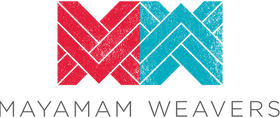Literacy: Our Bridge to Hope

One of the biggest obstacles to development, particularly of women around the world, is lack of education. This is so clear in Cajolá, L where more than half of the women haven’t had the opportunity to ever go to school. Many parents lack the insight to understand the countless benefits of going to school, especially when much of their expectations for women center around making tortillas and washing clothes. The majority of parents also lack the means to pay for all of the necessary supplies for school like pencils and notebooks.
The primary language in Cajolá is Mam, an indigenous language spoken by about 617,000 people in Guatemala and 20,000 people in Mexico. Many of the women of Cajolá do not speak Spanish, which is important for communicating outside of their own community. In order to sell their products to retailers in other cities within Guatemala—they will need to be able to speak (and write!) Spanish.

All of the women in the weaving cooperative are required to study reading and writing daily in on-site classes until they reach 6th grade proficiency. And while admirable, even that is not enough to compete in today’s world. Recently several women have entered the group who have had the opportunity – or made their own opportunity – to study through high school or even are studying in College. They entered the group to use their textile skills, but they are quickly able to take on additional responsibilities, such as a sales position or quality control position, bringing the goal of self-management of the group closer to a reality one day.

Learning to read and write increases one’s self esteem, it is a way out of poverty, and a path to better health. Literacy contributes to an increase in civic engagement as well as the preservation of one’s culture. When women are taught to read – the whole community truly benefits.



Leave a comment